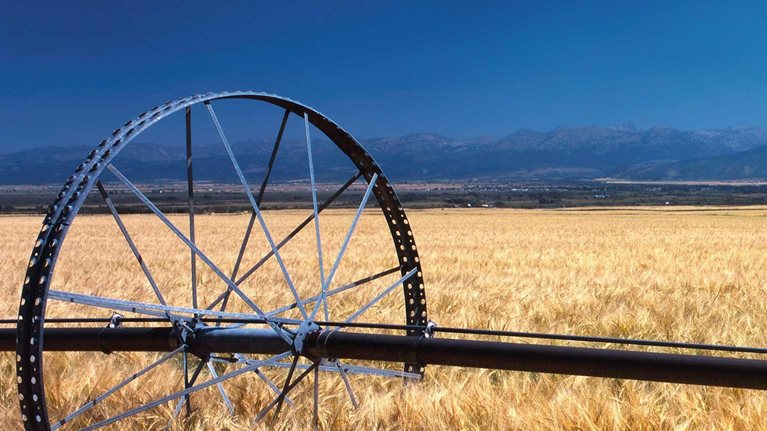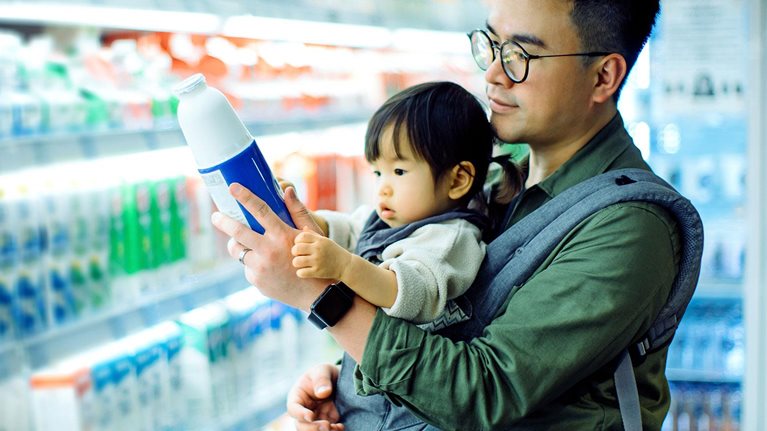Tina Sejersgård Fanø is executive vice president for agriculture and industrial biosolutions at Novozymes, which develops enzymes and microbes to improve animal health and feed efficiency. Harry Bowcott, a McKinsey senior partner and leader of the firm’s Sustainability Practice in the United Kingdom and Ireland, talked with Tina about biotechnology’s potential in making animal production more sustainable and the need for collaboration, both along the value chain and among sectors, to successfully transition to a net-zero economy.
McKinsey: Tina, how do you see the role of biotech in animal production?
Tina Sejersgård Fanø: Biotech is very important. It can mean many different things, but I’m most interested in “white” biotechnology—which adds the enzymes, microbes, and other living cells to animal feed or is used to clean water in aquaculture—because it can support sustainable animal production in many ways. For example, biotech is already leading to higher yields, so that less feed is necessary to get the same output; it might also reduce the use of antibiotics.
McKinsey: What role can sustainable animal production play in the global transition to a net-zero economy?
Tina Sejersgård Fanø: There is a lot of talk today about how alternative proteins will nourish the ever-growing world population. Alternative proteins will play an important role, alongside animal production, but they will not replace it. Market trends suggest that animal production will grow for many years because it is an integral part of feeding the increasing population, so our focus should be making animal production as sustainable as possible. Novozymes has a portfolio of solutions not only for animal production but also for alternative proteins, because we see both as a part of a sustainable future of food production.
McKinsey: Should this interface between animal production and alternative proteins be viewed as a competition among companies or an opportunity to collaborate?
Tina Sejersgård Fanø: I don’t think competition is the answer. While alternative proteins and animal production both have a role to play in sustainable food systems, they are different tools in the toolbox, and the industry should see them as coexisting. It is far more important for the industry to cooperate to influence stakeholders, including the broader population, to move in a more sustainable direction. I firmly believe in partnerships and coalitions, and agriculture is an area where we can collaborate more closely to achieve a more sustainable future.
McKinsey: What are some exciting innovations that could come to the market soon?
Tina Sejersgård Fanø: I can tell you about three specific examples of innovative products, and then I’d like to highlight an area where I see a need for more innovation.
The first example is a product developed by Novozymes that enables more sustainable animal production by reducing the use of antibiotics in poultry farms. We are commercializing this product with the Dutch biotech company DSM. The second innovation is a DSM product that reduces methane emissions from ruminants. This product is still in its infancy, but it is in an area where I see sustainability and innovation going hand in hand. A third product, also developed by Novozymes, supports the use of alternative and local feeds so that you get more benefit from your feed, which can increase sustainability in the global supply chain.
Finally, I believe more sustainability technology and innovation are needed at the farm level; we need to think of the farm’s entire carbon account, how we can measure it, and how technology can help. Such information will lead to better financing. We also need to transition to AI technologies to learn how they can optimize operations to benefit the climate and the individual farmer. Right now, with increased inflation and high raw-material prices, farmers are struggling, but innovation and technologies can support them. It’s important that innovative solutions not only help to optimize farm sustainability but also to help farmers with their bottom line. Data, technology, and finances form a triangle; they need to go hand in hand to create that sustainability revolution.
McKinsey: That’s the challenge—trying to manage all these things together. You touched on the need for the farmer to meet the bottom line, but who will pay for such innovations?
Tina Sejersgård Fanø: It may sound expensive, but it doesn’t need to be. Sustainability is a shared responsibility, and consumers will have to pay more for sustainable products. Farmers cannot absorb all the costs.
McKinsey: So much of the change we need to bring about seems to include this notion of collaborating differently, whether in the public or private sector or in ecosystems within the private sector. But what does collaboration really mean? How can we make it work?
Tina Sejersgård Fanø: I have a lot of experience in collaboration. It sounds nice but can be very difficult. To collaborate successfully, it’s important to have an aligned strategy or a desire for a common future. You need to have that left, right, and center as you progress in the partnership. It is also important to keep the end goal in mind. And for a partnership to deliver more than the sum of its parts, you have to give now and then. The joy of partnerships is having skills, business models, and geographical elements that complement one another. You need to be able to see that working together will lead to synergies.
McKinsey: A recent impressive example of collaboration involved a postal logistics company. A segment of its customer base was prepared to pay a green premium for net-zero parcel delivery, so the company offered to commit its net-zero parcel volume to a particular shipper, which could borrow against that future volume to retrofit its vehicles. Suddenly, four players—a postal logistics player, a shipper, a bank, and an ammonia fuel cell producer—were working together along a value chain in a completely different way to accelerate a customer objective.
Tina Sejersgård Fanø: That’s a perfect example of how collaboration can work. For sustainable animal production, you need the farmer, the financing, and the animal health and nutrition providers working together to secure a sustainable future. We are all in this together, so I encourage consulting with peers in other sectors about the collaborative ecosystems they are creating as we transition toward a net-zero global economy.


